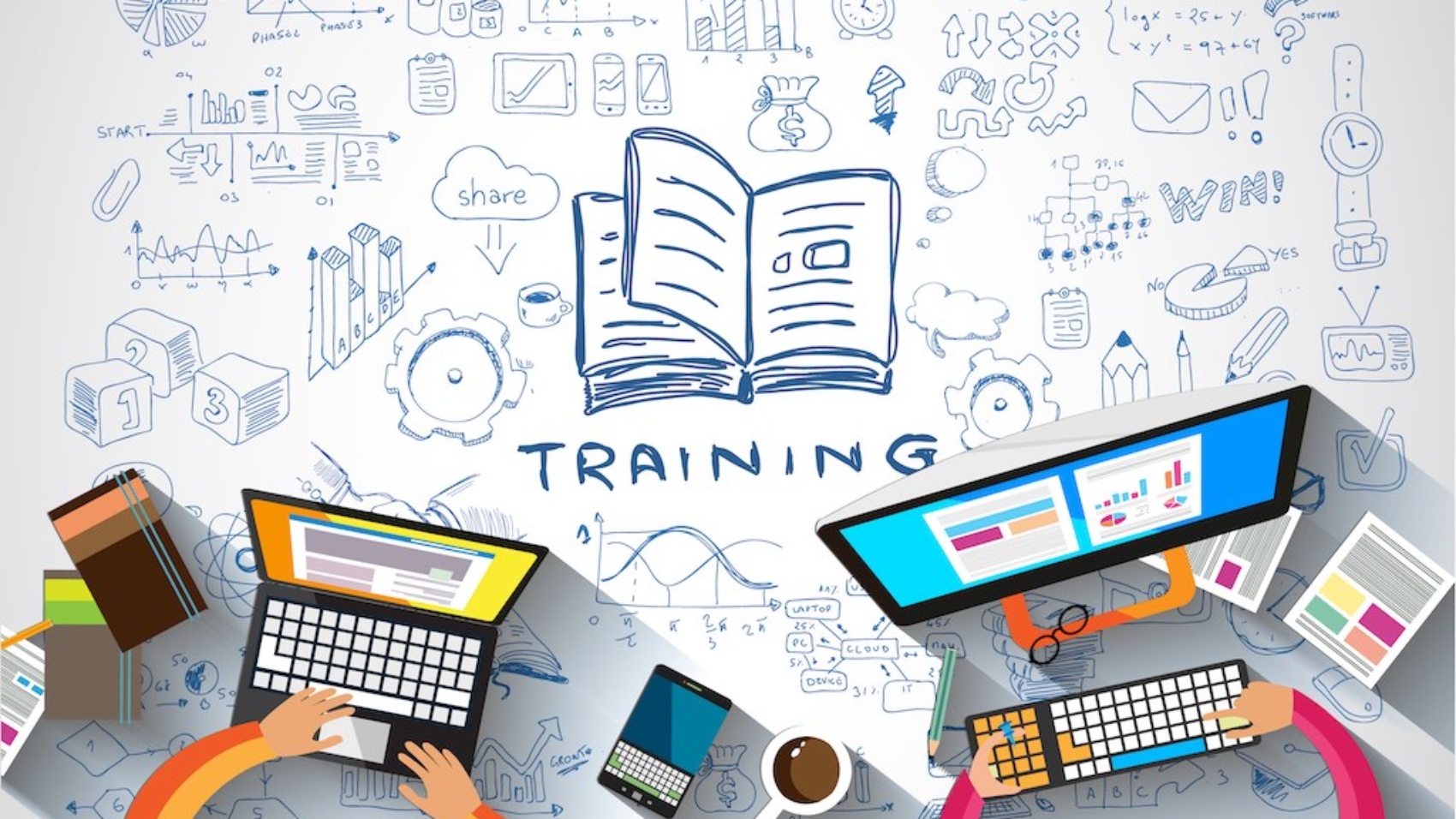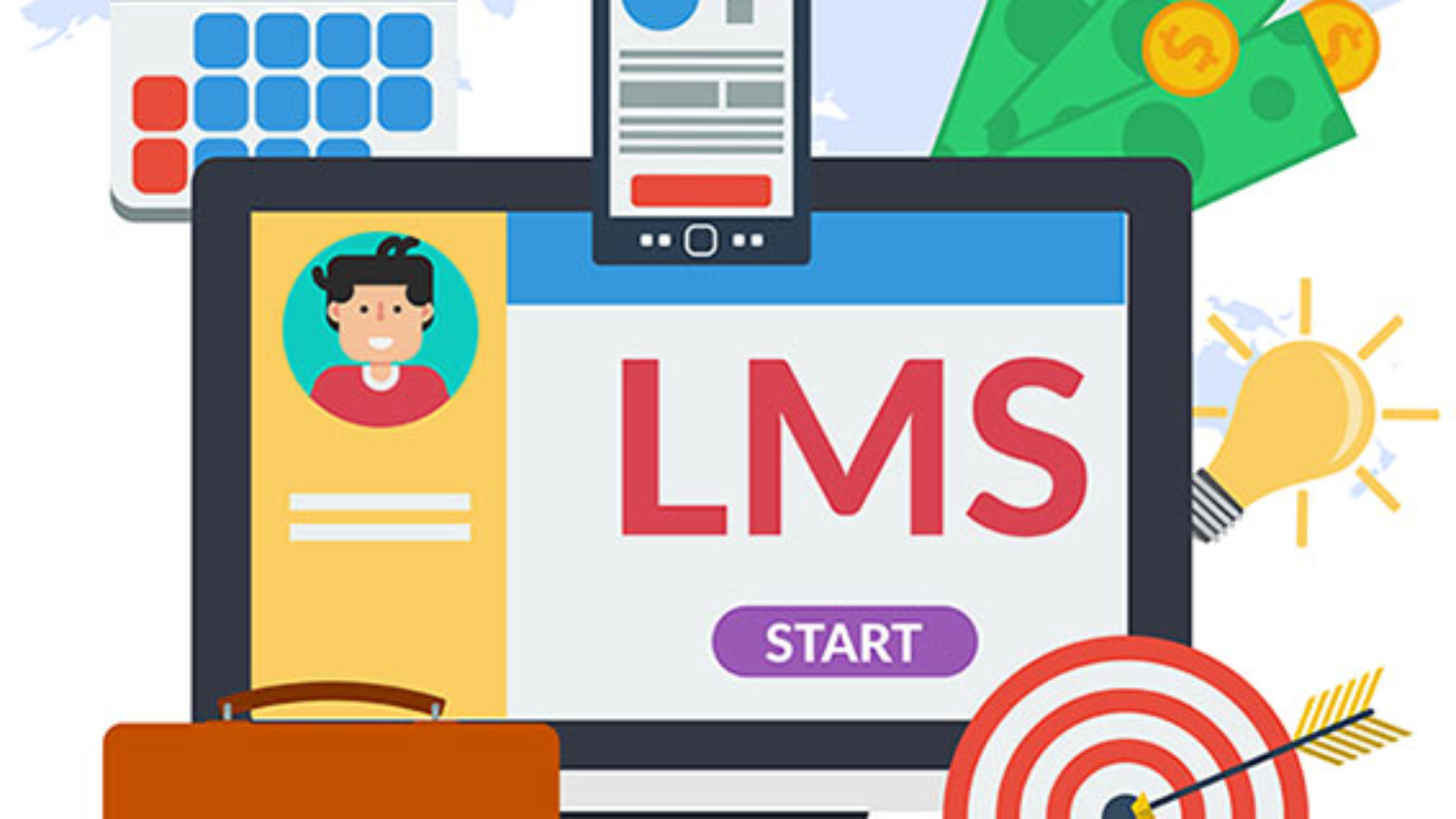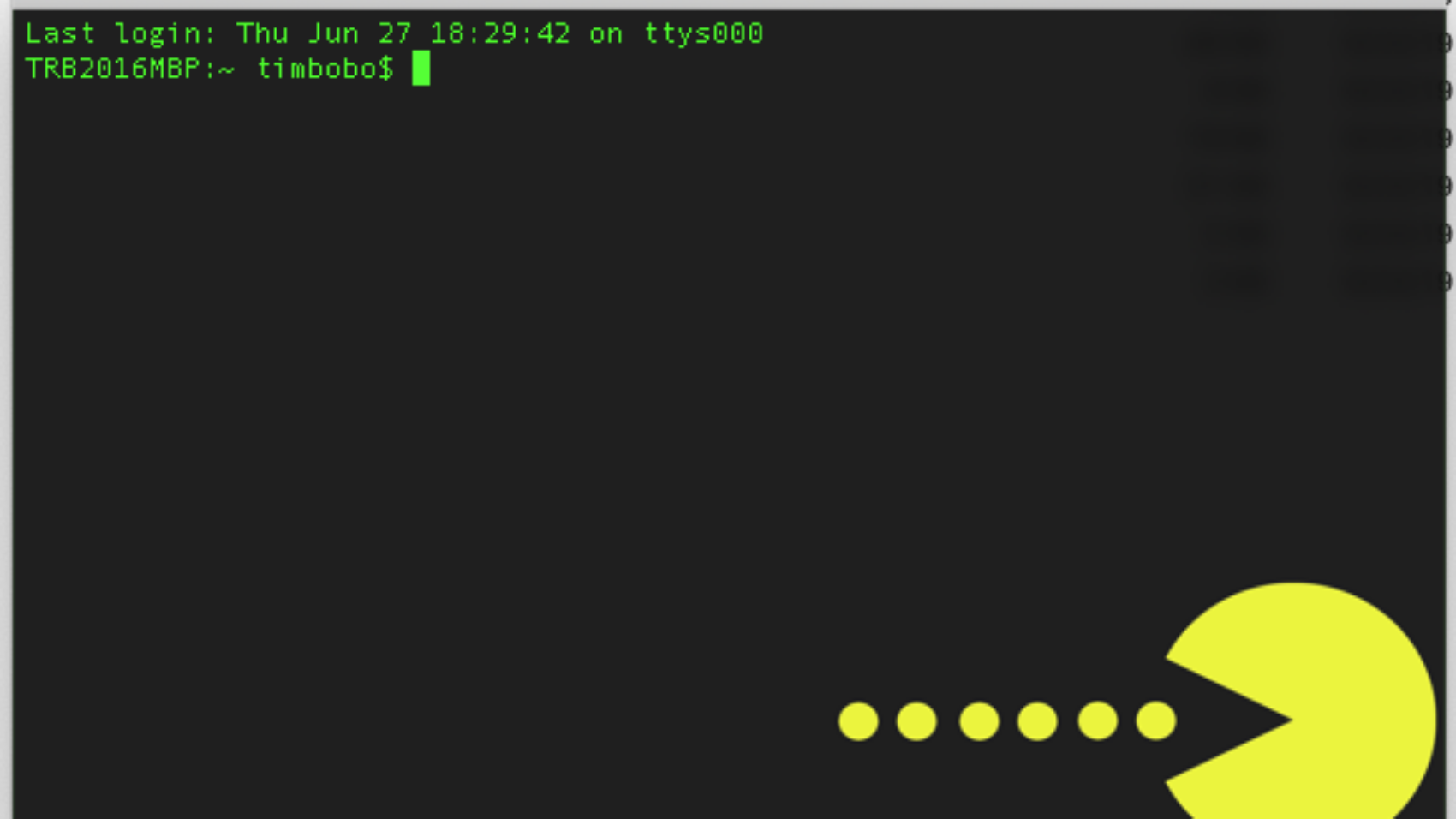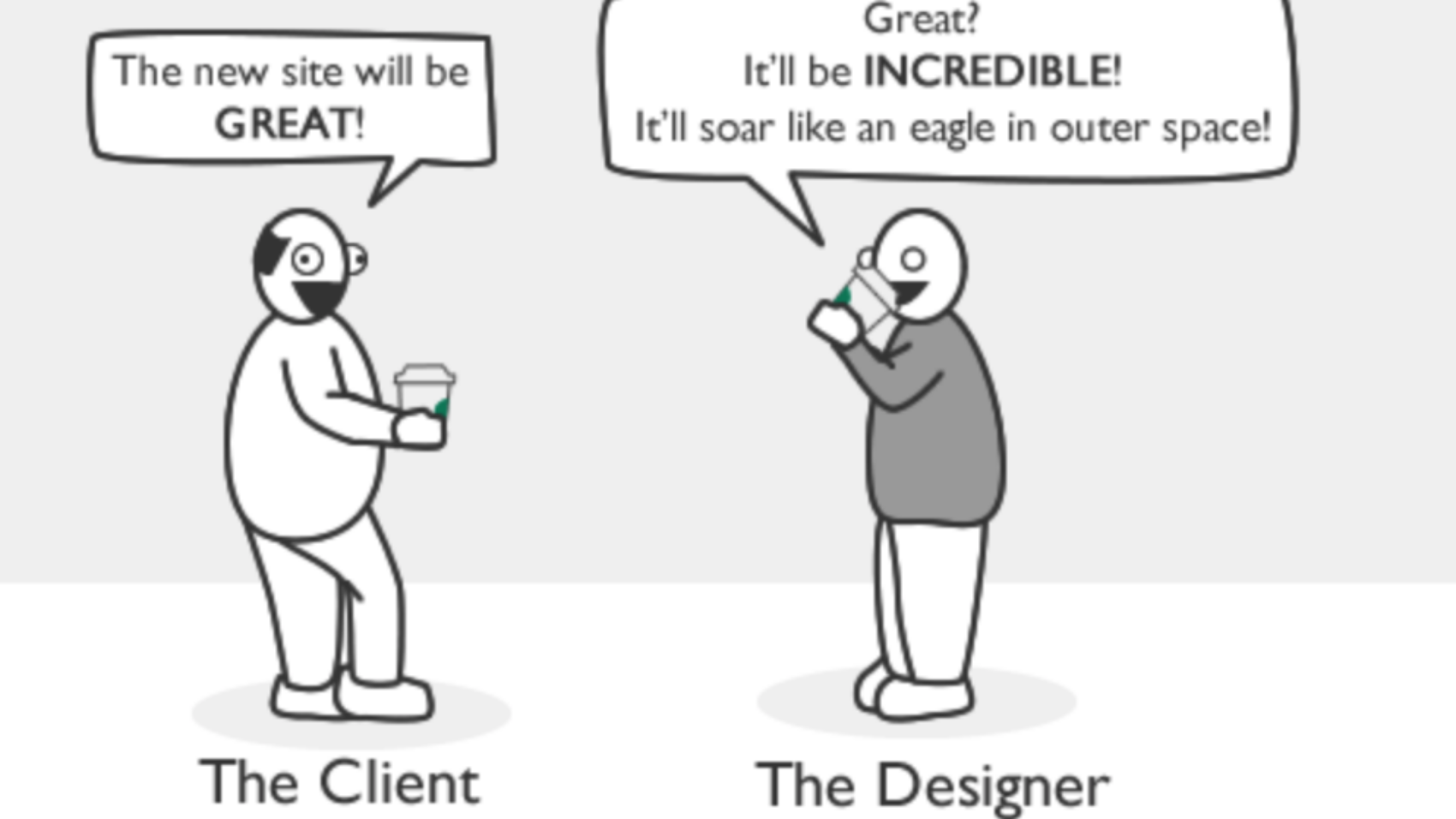There are many ways to approach eLearning development. In this article,we introduce the common phases of traditional eLearning development. As we look at each phase, we will also provide some general scoping recommendations as you consider the eLearning course budget. After we walk through the traditional approach, we will briefly highlight some alternative approaches to both eLearning and eLearning development.
Traditional eLearning Phases of Development
Traditional eLearning projects have at least four phases of development.
1) Design / Style Guide Phase
Successful projects have a design phase where instructional design rules are set and graphic design and style for the programs are established. Usually this is a one-time event for a series of programs. Often the team creates a template during this phase so all contributors can get a visual idea of what the training will eventually look like.
This initial, one-time design phase may take 16 to 60 hours of effort, depending on what the team has to start with.
2) Research / Instructional Design / Writing Phase
In this phase, instructional designers work with subject matter experts to create an outline, learning objectives, and then a storyboard. This document includes explanations of all interactions, voice over, sound effects, music, videos, and other visual assets needed. Often sketches, photos, and other artwork add visual impact to the storyboard.
Depending on the complexity of the project and the existing documented content, allocate from one third to one half of the eLearning course budget for this phase.
3) Asset Creation Phase
During this critical phase, the team creates and organizes all the assets needed for the final course. This can include finalizing voice over, music, video, sound effects, illustrations, animations, stock art, custom photos, and more. If needed, the client may participate in multiple review cycles.
Depending on the complexity of the project, this phase often requires one fourth to one third of the eLearning course budget. This phase will be more expensive if the program requires significant custom-created video, music, animation, or photography.
4) Programming / Production Phase
This is the technical phase of the project involving tools or templates specifically designed for eLearning development. During this phase, all interactions are programmed and the assets are assembled into a product matching the approved storyboard. The final program also goes through quality assurance testing and approvals. It is important to note that most eLearning development tools address only this phase of development.
Depending on the complexity of the project, allocate one fourth to one third of the eLearning course budget for this phase.
For a more detailed look at the traditional eLearning development process, take a look at these two articles.
Other Types of eLearning and eLearning Development
The traditional approach above has both pros and cons. Today there are competing development processes (Agile, Spiral, etc.), but these approaches often focus on eLearning development like it is software development. Sometimes these methodologies fit great for a given project and lead to new discoveries. But sometimes they actually waste time and money rehashing things that really have been solved multiple times in previous eLearning evolution.
Beyond the methodologies used, there are different KINDS of eLearning. Each of these kinds of eLearning usually fit better into one development approach or another. There is exploratory and scenario based eLearning, there is adaptive eLearning that adjust content to the users previous knowledge, there is game based eLearning utilizing competition and fun to communicate important learning objectives. These are just a few examples.
But now that we have covered the traditional approach at a high level, lets dive into a few other types of development processes, which are modifications of the traditional approach above.
Conversion Instead of Development
There are some cases where the second and third phases listed above can be greatly minimized. If the training already exists in another format, then the focus can sometimes be on purely converting the existing training to an online format. This greatly reduces the cost of creating the eLearning material and can yield very nice results.
One very common example of this is Live Event Conversion. It is a specific type of conversion project where the creative team simply captures a live event, edits that event to remove any non-relevant material, and adds logical organized navigation and some interaction. If done with skill, the final result is a solid eLearning experience for a drastically reduced cost. This is a great format to use when the content is subject to change or the delivery timeline is short. The weaknesses of this approach is that if the presenters fail to cover important content, the eLearning also fails to cover this content.
But if you aggressively edit a live event, you will find you can compress the time needed to communicate the material down to about half of the time required by the live event. Live events are social in nature. Much of the time is spent covering logistics, introductions, and off-topic material. All of these are benefits for a live event, but they can usually be skipped when converting the training to an online format.
Documentary-Style eLearning
This type of eLearning development merges phases two and three of a traditional approach together. You both gather assets and do research at the same time. Instructional designers and some subject matter experts come together to draft an outline of the topics to cover and the questions they would like the training to answer. They also define the intended audience and the level of depth for the training. But they do not get into scripting content yet.
Instead, a team is put together to capture documentary-style footage. They may conduct interviews with experts and leaders, follow a person around to document experiences, etc. The team will usually shoot and transcribe many hours of footage.
The instructional designers then build a eLearning storyboard around this footage, filling in narration when needed and adding interactions when appropriate. So in this type of development, much of the asset creation (video footage) is already completed by the time the storyboard is finalized.
This style of eLearning is a great approach when the real content expertise rests with many people, possibly with views that challenge each other. Instead of scripting a lot of narration, content experts speak to the content directly. This usually creates very compelling material for the intended audience. They enjoy hearing from people they respect instead of scripted narration.
This type of project lends itself well to the Agile approach. Rough edits and portions can be created and reviewed by teams, and dramatic changes can be made without really greatly impacting the cost of the project. But this type of project can also be developed with a more traditional approach also.
Teaching Through Gaming
This type of eLearning is very unique. Language training programs like Duolingo utilize this technique greatly. Instead of the users ever just sitting back and listening to any instructions, they learn the material by trial and error in some sort of game format. But this gaming type of eLearning works for other topics besides languages. We have successfully covered a wide variety of topics with this approach. It has some real strengths with regards to learners retaining the knowledge. Through the gaming experience, learners respond to similar questions multiple ways. The gaming aspect keeps the repetition from being boring.
The development process for this type of training is very different from other forms of eLearning. The instructional design team and the subject matter experts write learning objectives. Next, they write a series of factual statements that make up the knowledge for each learning objective. Then the team reviews the factual statements and writes a variety of different questions. There might be five different types of questions or more created all about the same factual statement. Organized logically in a database, they are prepared to be used in a series of different game-type interactions.
The eLearning engine tracks a user’s interactions with the various eLearning objects. Then as concepts are mastered, the gaming gradually introduces new concepts.
It is a real challenge and pleasure to create this type eLearning. This type of eLearning is also growing in popularity, and it is great with an Agile approach. Game prototypes can be made without the final content, and the gaming experience can be evaluated and tweaked. In fact, without this type of cycle to evaluate the gaming experience, the project will usually fall flat.
Some audiences work better with a game environment than others. Some enjoy the free form atmosphere of getting a higher and higher score as they learn more of the content, but others tend do want a more structured approach and a test.
Other Types
This only scratches the surface of the various types of eLearning possible. But hopefully you have found it helpful as you think about your next eLearning project. If you want to look into greater detail into a traditional approach, see this post.
Continue Reading
We cover related topics in these articles:
What Approach Best Suits Your Needs?
Whether undertaking an eLearning project seems overwhelming, you need “fresh eyes” to make sure you’re using the right type of eLearning for your subject matter and audience, you could benefit from la carte resources to help get you through a bottleneck in development, or you are looking for professionals who can develop engaging and effective training your audience can take on their computer or mobile phone, Branch Media is here to help. Our team of professionals has the expertise to carry you through every phase of eLearning development and get your message across effectively.
Similar Articles About eLearning Scope
Here are some similar articles by other sites on this topic.
- 6 Steps To Start Planning eLearning Projects – by Christopher Pappas
- The 6 Essential Steps Of The eLearning Development Process – by Yesha Habeeb Omer, Ph.D
- 6 Tips On How To Start Planning eLearning Courses – by Vinod Choudhary
- ELearning Development- The Agile Way!
- 10 Step eLearning Development Process Overview
- Estimating ELearning Development Time
- How to Create an eLearning Project Plan – by Tim Slade
- How to Create an eLearning Course in 12 Steps
- Converting Training Classes To Online: How Hard Can It Be?
- 5 Tips For Delivering Your eLearning On Time
- The 5 Steps to My Learning Development Process – by Tim Slade
- 4 Ways To Use Story Mapping In The eLearning Development Process
- 6 Steps To Start Planning eLearning Projects
- Build A Simple E-Learning Project Plan








